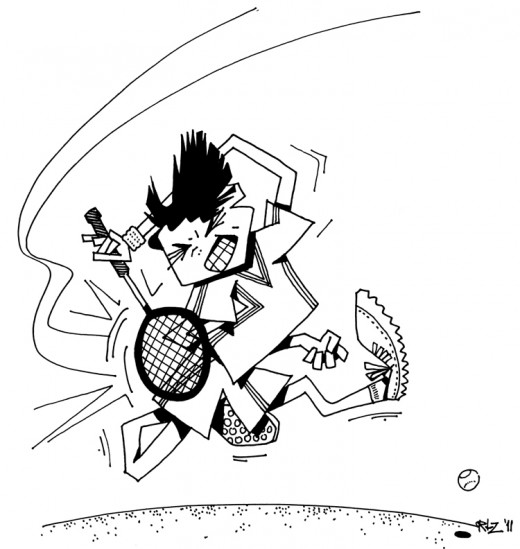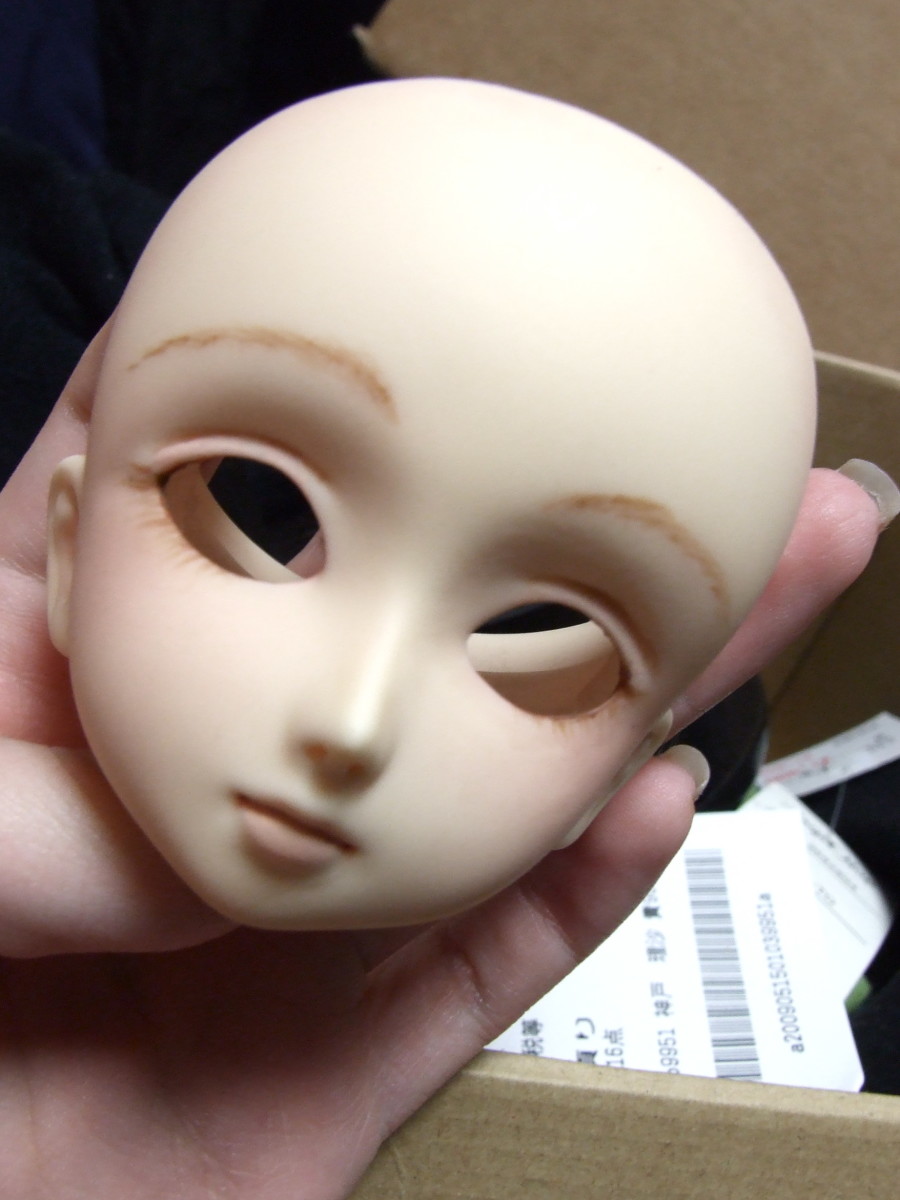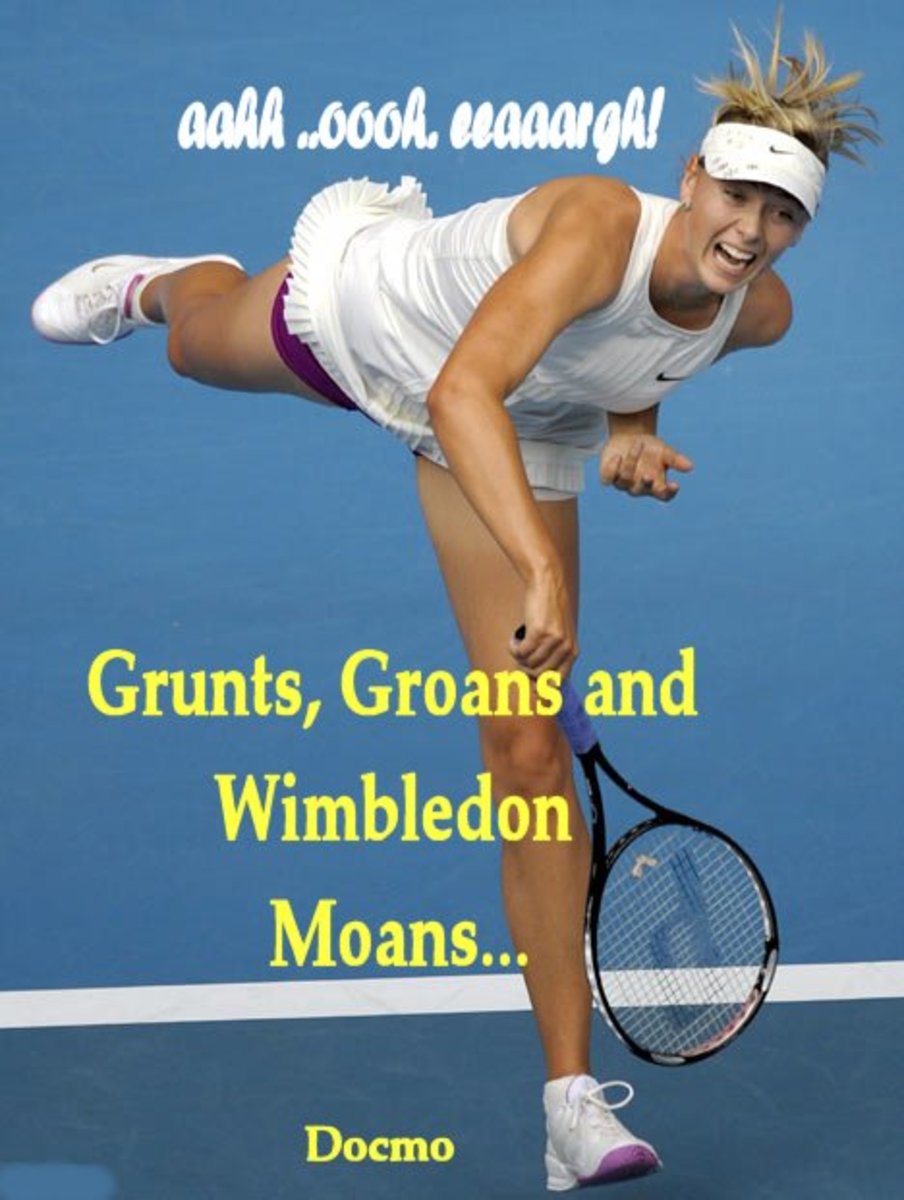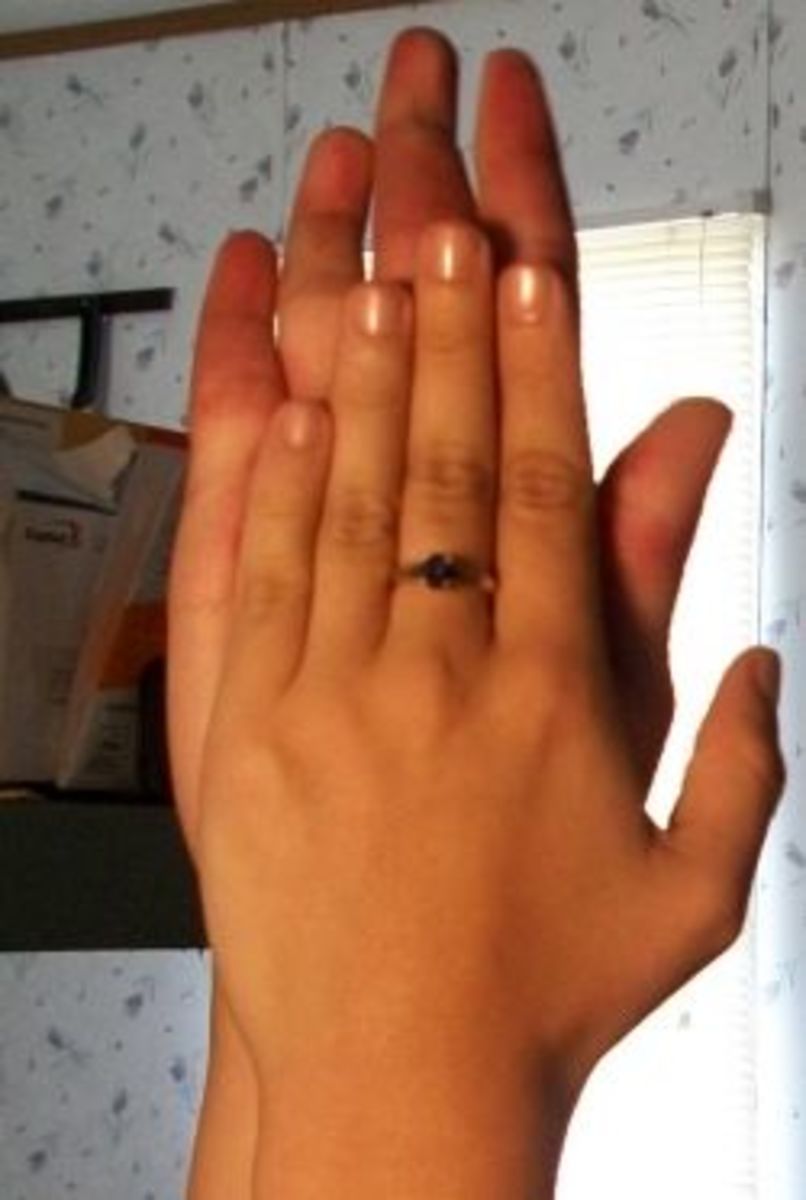- HubPages»
- Books, Literature, and Writing»
- Commercial & Creative Writing»
- Creative Writing»
- Humor Writing
All in the Wrist

It was during the televised matches of the semifinal round of this year’s U.S. Open that the age-old tennis adage that it’s ‘all in the wrist’ was brought home with such sterling clarity by the stellar play of this rising Japanese phenom, Kenzo Kikiniki.
‘Kiki’ (as the young ace is known to his growing legion of young and attractive grass-court groupies) certainly left it all on the court, with his extreme and exaggerated playing style. One could almost hear the spring and snap and sproing and boing of his limb bones all the way to the top-most tier of spectators, as he flailed at the ball again and again. Kiki is, of course, aided in his over the top style of play by being double-jointed (if not triple-jointed!) at virtually every point of skeletal connection. That boy bends like there’s no tomorrow!
But the up and coming tennis star is also assisted — if one can really call it that — by being in the unique and very rare situation of being afflicted by two different kinds of unusual bone disorders at the same time: hypophosphatasia and osteomalacia.
Hypophosphatasia (or HPP) is a malady in which the subject has difficulty formulating a particular enzyme, alkaline phosphatase, or ALP. ALP is essential to the proper binding of calcium and phosphorus, as well as their deposition onto the body’s ever growing bones. With HPP, the result is that, over time, the various bones of the body can become soft and curved and fragile.
Osteomalacia, which in fact is often referred to in the medical literature and by medical professionals and laymen alike as ‘soft bone’ disease, is a very similar ailment. This one, however, is usually caused by Vitamin D deficiency or low calcium intake. (In the Victorian era, the disease was commonly called rickets. It often afflicted sailors at sea, who, because of their limited diet aboard ship, were in continual danger of not getting enough Vitamin D. Children with improper nutrition were also prone to bouts of rickets.) Like HPP, osteomalacia also manifests itself in soft bones that may be curved and fragile, and is usually accompanied by bone pain and muscle weakness as well.
Since these two maladies — especially when acting in concert — give Kenzo the supple rubberiness and mind-boggling bendability that he has relied upon so heavily to win at court (as we can readily see here), he and his trainers have so far been quite reluctant to fully treat the diseases. They would much rather prefer to keep them just at the very tipping point, where they don’t affect Kiki too adversely, but also don’t let his bones get too stiff or firm — at least until after Kiki has won a few major tournaments and scored the big endorsement bucks.
Well, I for one (and surely any sane and well-intentioned medico in the tennis audience) would certainly hope that Kiki promptly loses his next match, so that he can get the medical attention he needs to fight these two pernicious ailments before any fractures or breaks befall the lad!
- Reindeer with Extra Ears
Say hello to Santas new lead reindeer! (Sorry, Rudolph.) For Cletus, the fine specimen of Rangifer tarandus we see here, calved in June of last year with a... - Alien Crooner
Ah, the piercingly aching shrieks, the hair-raising clicks, the gratingly numbing nocturnal noise of that famed alien crooner ?$#@X=%^^^# (or, in... - Stan Patt, Civil Servant
Typical pose: standing at the personal-space perimeter of your cubicle, hands in pockets, middle-distance stare, mouth open, discussing some inanity of daily life: weather,... - Moby Duck
Little Moby lost out on the limelight. Older brothers Huey, Dewey and Louie were always more photogenic. And, while not a medically endangering condition, Mobys hydrocephalic appearance did not... - Barrister Reginald Rakestache
Distinguished British barrister Sir Reginald Rakestache, slumped blinkered and bedraggled over his hobnail boots, has just completed a frustratingly long and arduous argument of a...






